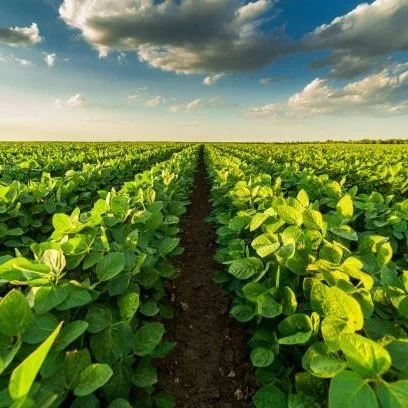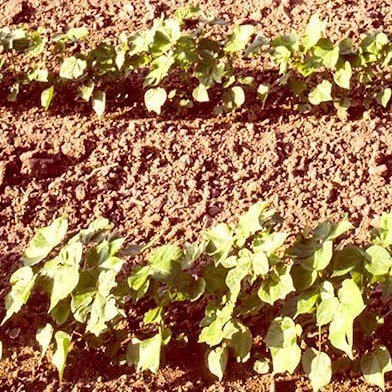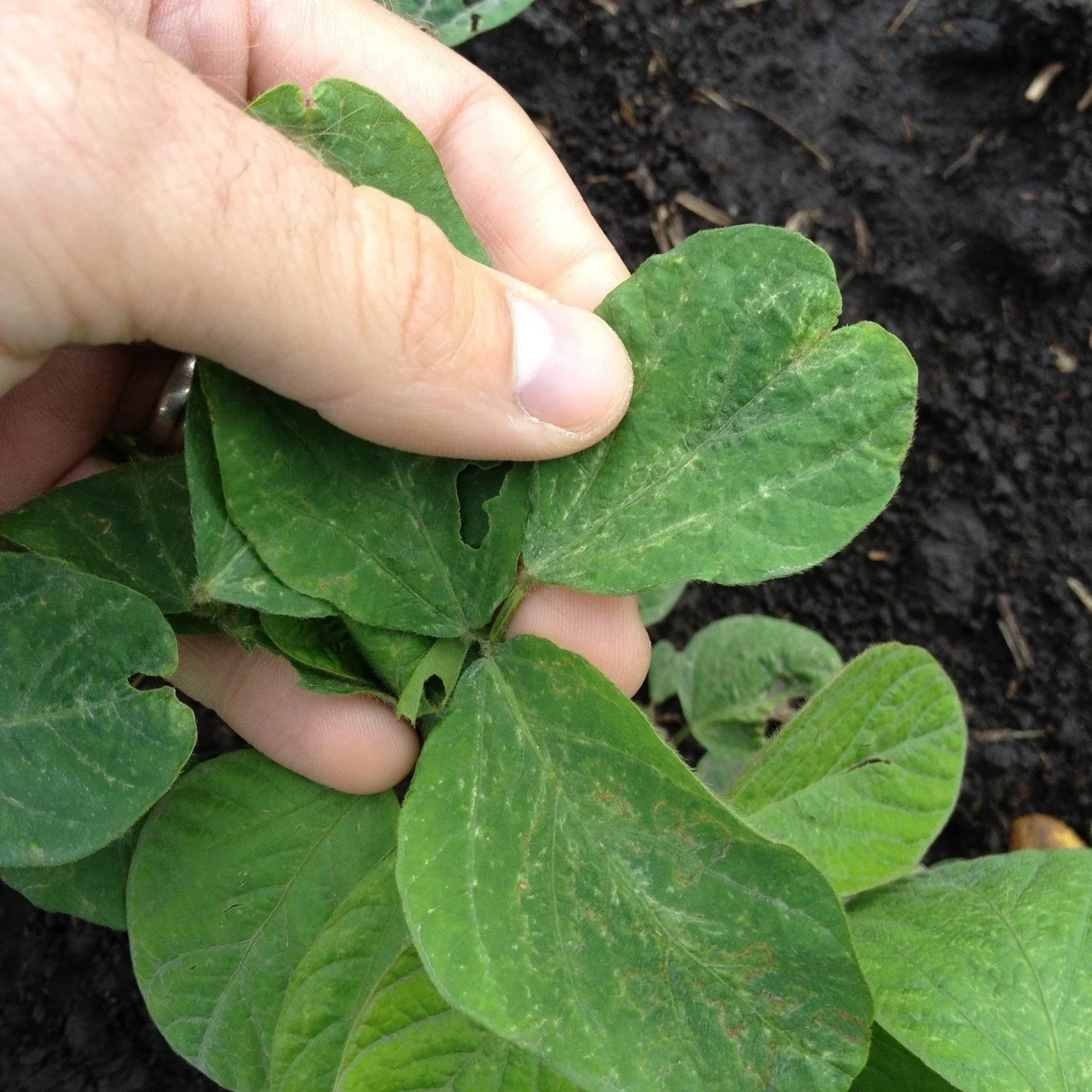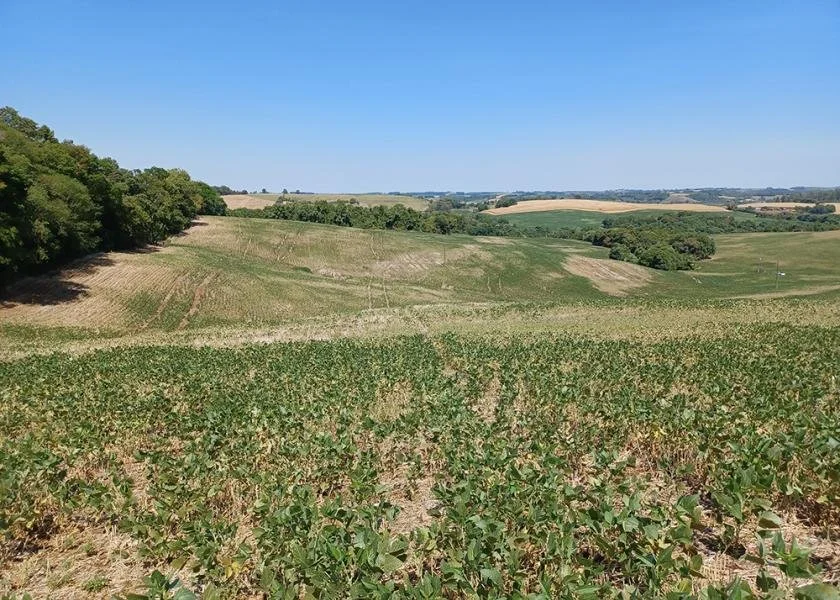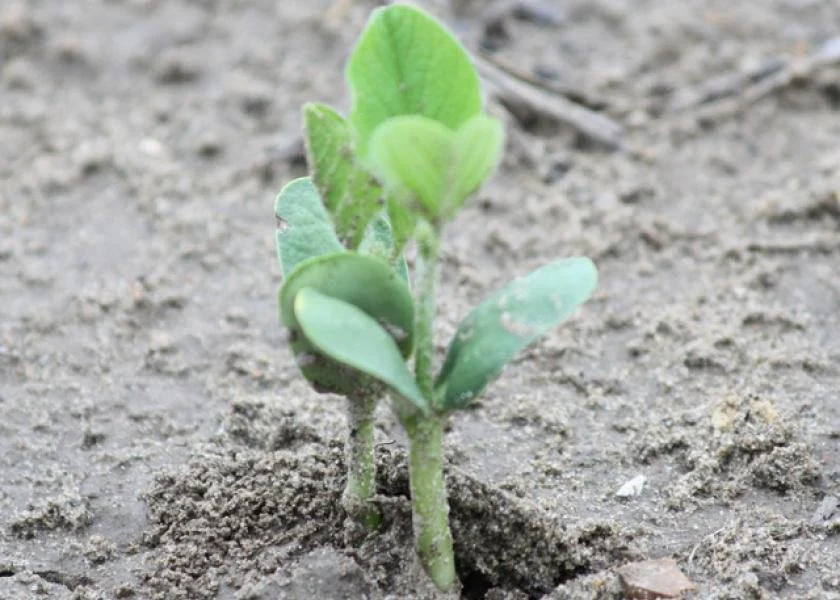In it’s latest prospective plantings report, USDA reports corn acreage in Louisiana this season will be down slightly while cotton acreage will be WAY up.
Read MoreThe U.S. Department of Agriculture’s (USDA) Commodity Credit Corporation (CCC) announced the 2022 Marketing Assistance Loan rates.
Read MoreThe soy checkoff released its inaugural U.S. Soy Sustainability Overview which outlines key environmental achievements made by U.S. soybean farmers. Their ongoing commitments will help optimize their efforts to continue providing the most sustainably produced soy to domestic and international customers.
Read MoreSoybean acreage has been projected to increase in 2022 in Louisiana as well as in several other states due, in part, to the high price of fertilizer.
Read MoreU.S. soybean meal has had a steady hand on the wheel of demand for many years, with oil riding shotgun. But it’s a new day — oil’s in the driver’s seat, offering new routes to farmers.
Demand for soybean oil is on the rise; it’s a popular input for a wide variety of products. According to the USDA Production, Supply and Distribution database in February, soybean oil demand has grown even within the past year. During the last marketing year, 9% of U.S. soybean oil was exported, 54% was used for food, feed and other industrial uses and 37% went to biofuels. Compare that to this marketing year, with a dip in exports to 5% and a bump in domestic demand for use in biofuels to 42%.
Read MoreThis month’s 2021/22 U.S. corn supply and use outlook is for increased food, seed, and industrial use, larger exports, and smaller stocks relative to last month.
Read MoreSoybean farmers from across the country all ask the same question: What maturity group am I going to plant?
Farmers in the North and Midwest tend to plant indeterminate soybeans while farmers in the South have traditionally planted determinate soybeans. But times are changing with more Southern farmers switching to indeterminate varieties.
Read MoreThe global soybean crop keeps shrinking, led by a massive decrease in South America. Last summer, USDA was expecting the combined 2021/22 soybean crop in Brazil, Argentina, and Paraguay to be a record.
Now the forecast calls for the smallest crop since 2018/19. Since December 2021, USDA has lowered soybean production in the three countries by more than 18 million tons:
Brazil: down 7% from 2021
Argentina: down 9% from 2021
Paraguay: down 37% from 2021
The U.S. Department of Agriculture announced the appointment of nine new U.S. soybean farmers to serve on the United Soybean Board (USB) and reappointed eight directors for an additional term. Farmer-leaders will serve a three-year term.
Read MoreThe global soybean crop keeps shrinking, led by a massive decrease in South America. Last summer, USDA was expecting the combined 2021/22 soybean crop in Brazil, Argentina, and Paraguay to be a record.
The United Soybean Board (USB) released results of a new survey, highlighting consumer perceptions of U.S. soybeans, soybean farmers and the U.S. food supply chain. According to the survey, consumer support of domestic agriculture has only grown stronger, with 78% of consumers – an 8% increase since the last survey in December 2020 – saying it’s important to purchase U.S.-grown food, including soybeans.
Read MoreKeeping eyes on the prize is never easy for grain marketers, especially when bullets start flying. So instead of trying to predict fallout from Russia’s invasion of Ukraine, focus instead on another story.
Read MoreThe United Soybean Board (USB) released results of a new survey, highlighting consumer perceptions of U.S. soybeans, soybean farmers and the U.S. food supply chain.
Read MoreThis report contains the results from the 2021 December Agricultural and Row Crop County Agricultural Production surveys.
Read MoreFor weed control in soybeans, especially for grasses, you need a back-up plan to your back-up plan this season, says Jared Greuel, founder of Greuel Farm Services, based in east-central Illinois
“There are too many foundational products that just aren’t available for whatever reason,” he says. “People are going to have to expand their comfort zone to figure out what they can use. Whether we like it or not, or want to do it or not, it’s just the situation we face.”
Read More


